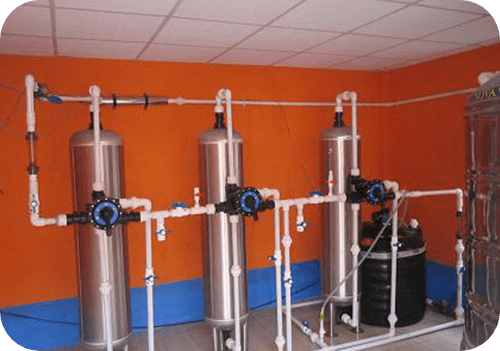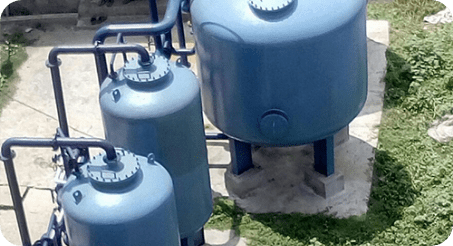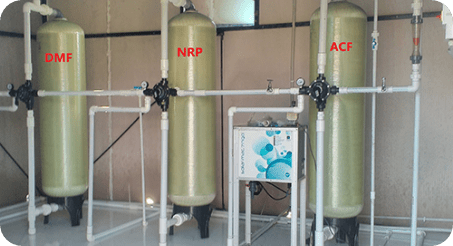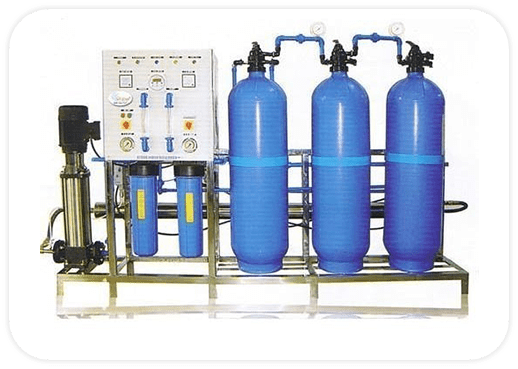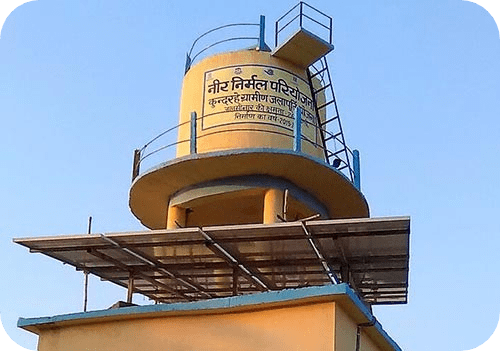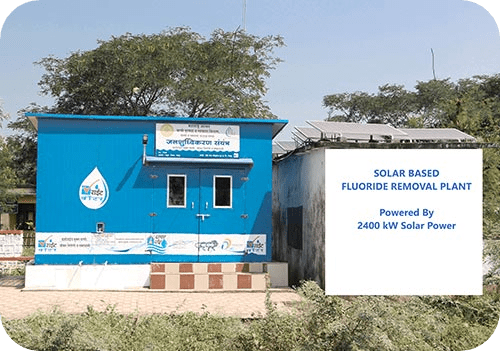About the Objective
It is estimated that less than 50% of our population has access to clean drinking water. A majority of Indians drink water with high levels of contamination, which could cause a plethora of health problems. A seamless supply of clean water to everyone is the need of the hour.
Disinfection and sterilization are two of the most common methods employed to make water fit for consumption. However, disinfection is the most prevalent method of purifying water to be consumed at a large scale.


